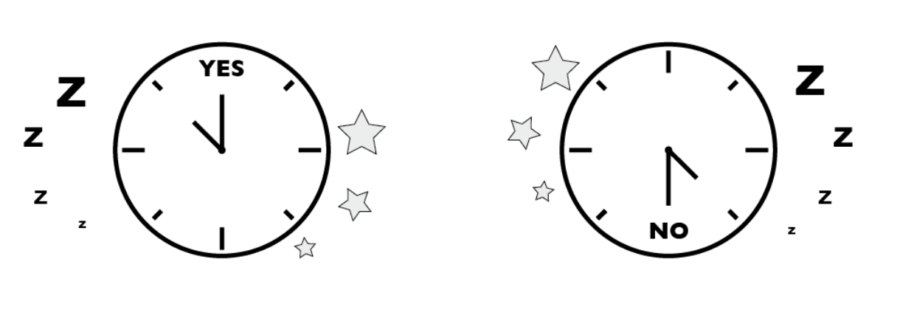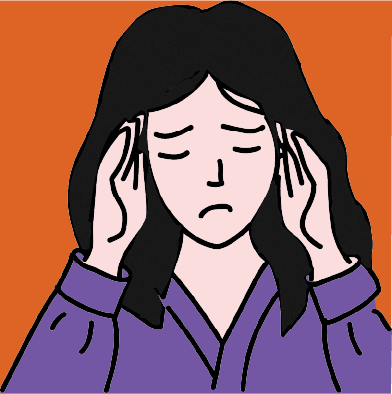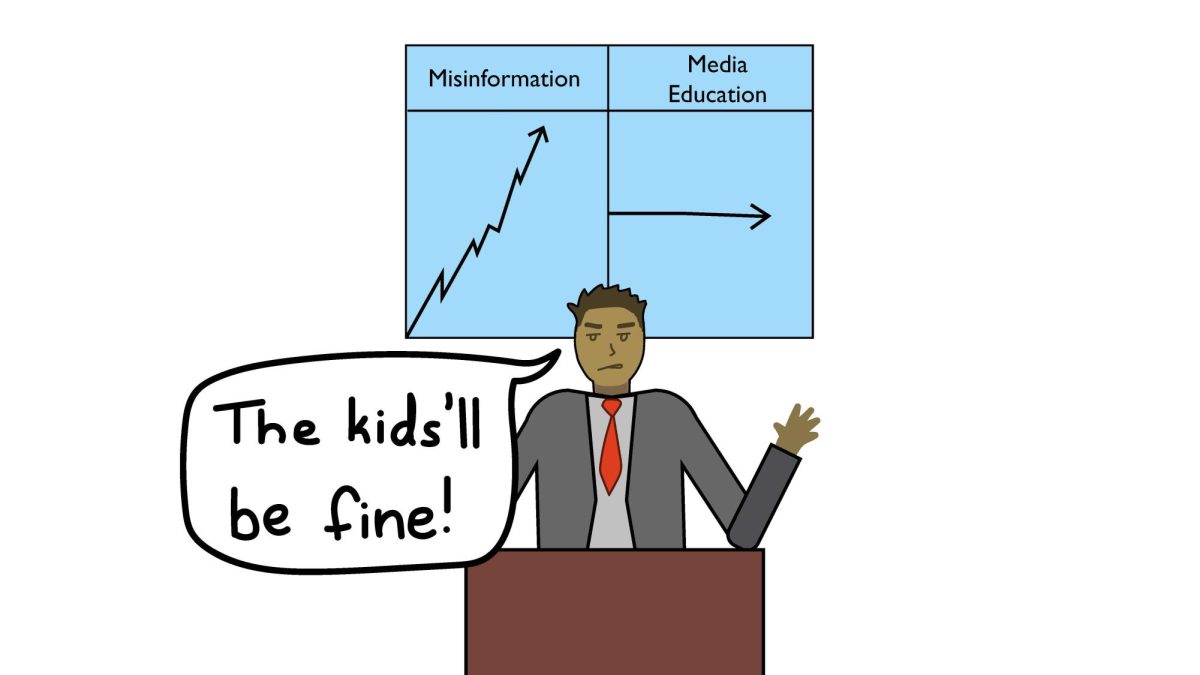Starting later is good for students.
Inglemoor’s change in start time, from 7:30 a.m. to 8:15 a.m., is a significant change for the better. Later school start times have been shown to reduce health risks, raise grades and drop mental illness rates in high school students. This is a change that has been researched, encouraged and highly anticipated by the Northshore community for over a decade. Shifting the start time 45 minutes later, and eventually more, will make students happier and healthier.
The Northshore community at large was the primary advocate fighting for this adjusted schedule, beginning when high schools started as early as 7:05 a.m. Wendy Reynolds, whose child is now a senior, has been participating in groups like Parents Advocating for Later Start (PALS), speaking out at board meetings and sharing opinions in online forums since 2005.
“I knew [starting early] went against all the research. You know, high school students should not be starting at seven o’ clock,” Reynolds said.
In a 2017 Centers for Disease Control survey, only 25% of high school-aged adolescents reported sleeping at least 8 hours a night, the minimum recommended time. For many high schoolers, extracurricular activities like clubs and hobbies take up time outside of school. As homework and responsibilities pile up, sleep is sacrificed and stress builds. The stress exacerbates sleep deprivation and causes students to fall further behind, creating a vicious cycle that wrecks lives. Starting school later makes it less likely that students will fall into this cyclic self-ruin, and extra sleep could give them the boost they need to break free of it.
This new change is only part one of two for NSD, which will eventually move high school start times to 8:30 a.m. or later, as the American Academy of Sleep Medicine strongly recommends. More schools across the country are relying on science and adapting to the circadian rhythm of teenagers, which require at least 8-10 hours for best health. Consistently falling short of this minimum can lead to higher chances of drug abuse, car accidents and sports injuries, according to the National Sleep Foundation. Pushing back high school start times has led to more sleep, and not later bedtimes, in studies conducted all over the world.
However, nothing good comes without drawbacks. Later start times means later dismissal times. Some parents are dissatisfied because their teenagers are unable to care for younger siblings. Students complain that ending later leaves less time for homework and jobs after extracurriculars. Additionally, buses leaving at a later time means they get stuck in bad traffic, which is already a problem. However, these problems can all be solved by rearranging schedules and transportation.
This new change emerged because of overwhelming evidence and recommendations from scientists, officials and the community. Many students enjoy the extra sleep, and some wish school started even later. Students will have an upgraded education and quality of life because of this change. With all the research and planning backing this decision, it is undeniable that the later start times this year are good for students.
Starting later is bad for students.
Local groups like Parents Advocating for Later Start (PALS) have worked to push school start times later each year. This fall, start times moved from 7:30 a.m. to 8:15 a.m. The district is in the process of gradually phasing in later start times each year and has made 4:00 p.m. the latest possible end time. But the district and advocates for later start times fail to take into account the hardships students face when they leave school later. Schools must start earlier to accommodate students who need to watch siblings, work or play sports after school.
It is unrealistic for students who play sports to balance their practice schedule and homework with later start times and releases. After-school sports practices usually last around 2 hours right after school, which means student athletes get home later and when it is dark outside. This forces students to complete school work later in the day which makes it difficult to stay up and finish work. According to the Centers for Disease Control and Prevention, teenagers aged 13 to 18 years should sleep 8 to 10 hours every night. However, it is extremely difficult for student athletes to get the recommended amount of sleep and finish all of their homework because of their pushed back and altered schedule.
Students with after-school jobs are also negatively impacted by later start times. According to the US Department of Labors’ Archived Bureau of Labor Statistics, in 2018, 20% of youth enrolled in high school were employed. However, later start times interfere with shifts and do not account for the portion of the student body who need to work to financially support themselves or their families.
Due to the pandemic, many students have had to take on more responsibility at home. Many students have had to look after younger siblings after school. With the changed start times, middle schools now end around 2:30 p.m. while high schoolers get out at 3:15 p.m., making it impossible for students who have younger siblings to watch or pick up their siblings on time. The district should accommodate students’ schedules, not generate more issues for them.
One may argue that high school students feel and function better when they can sleep in longer. But in reality, starting an hour later does not assure that students will get enough sleep. Pushing school times back cannot guarantee students won’t use technology before sleep or procrastinate their homework. But later start times currently affect working students, student-athletes and students with siblings.
Changing start times is not a simple issue. Creating a master schedule that accommodates everyone when each student’s obligations are different is complicated. But parent groups and the school board have severely simplified the issue, leaving the majority of the student body to rearrange schedules and struggle to execute their responsibilities.











